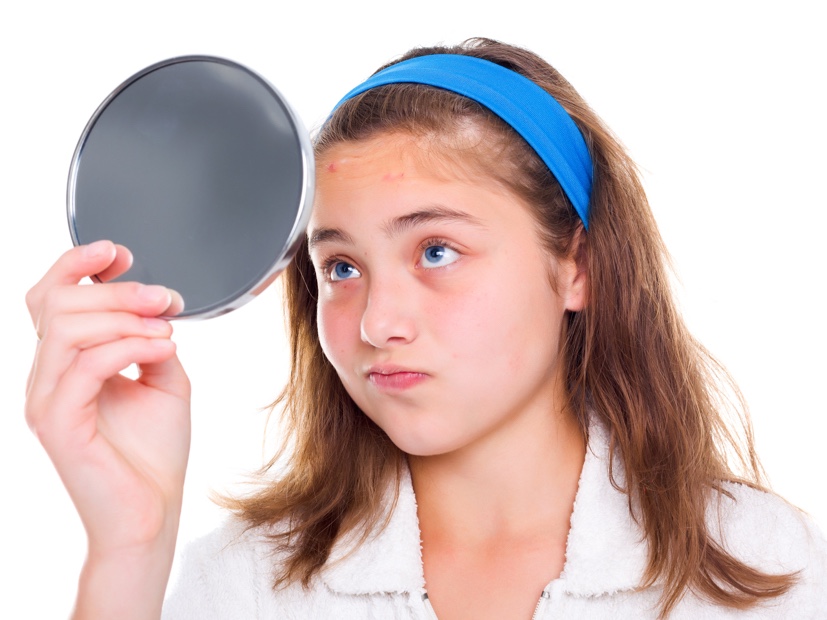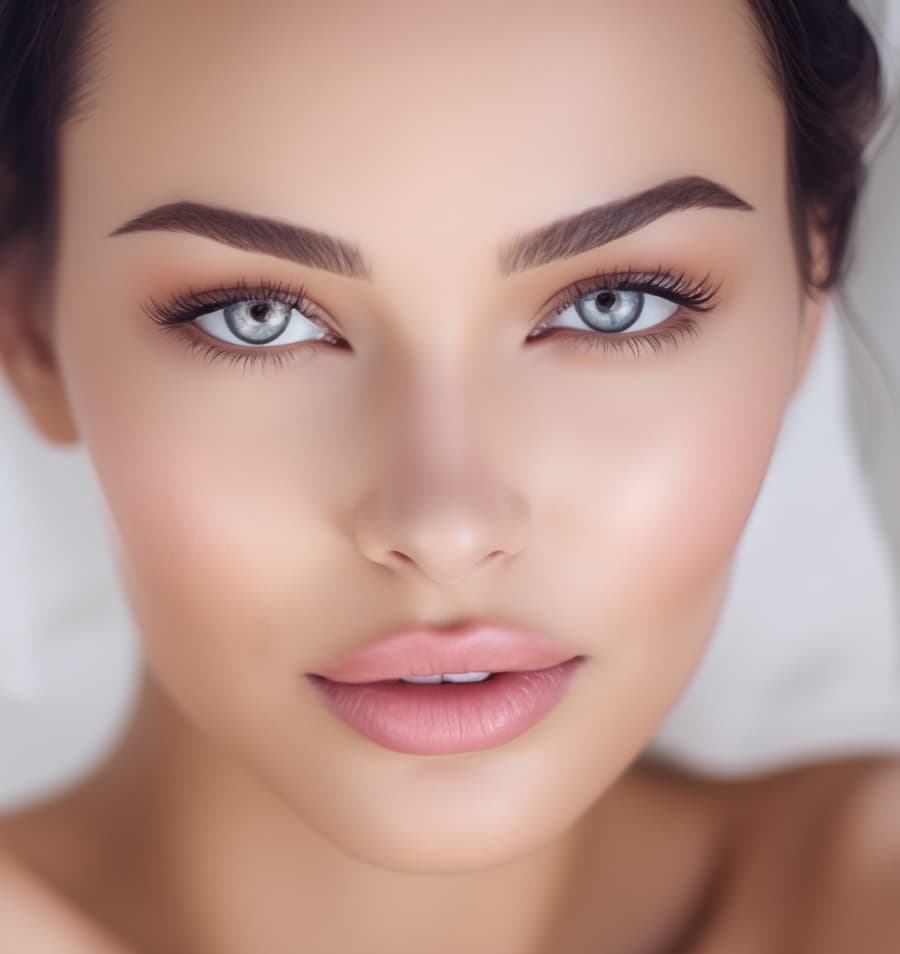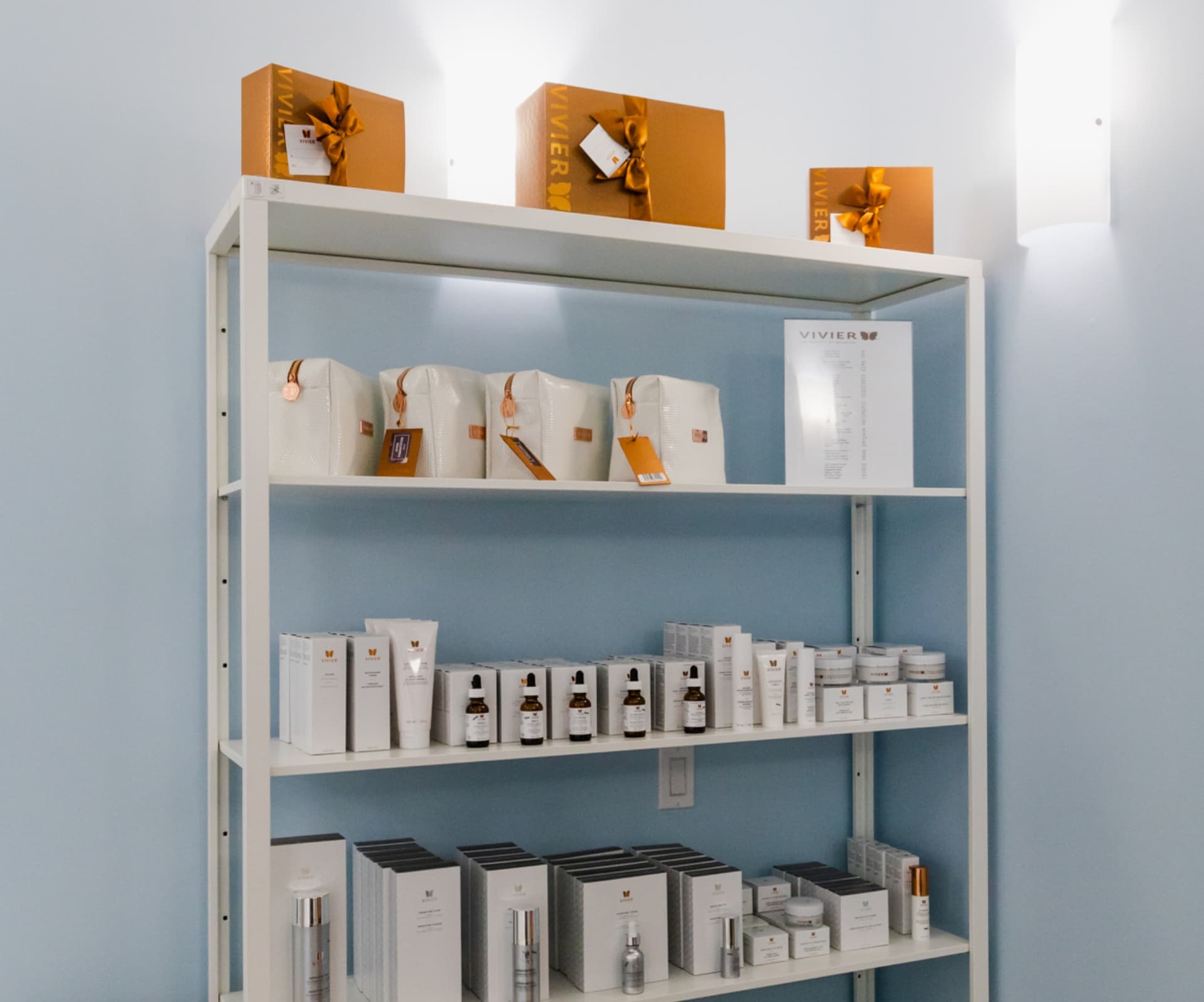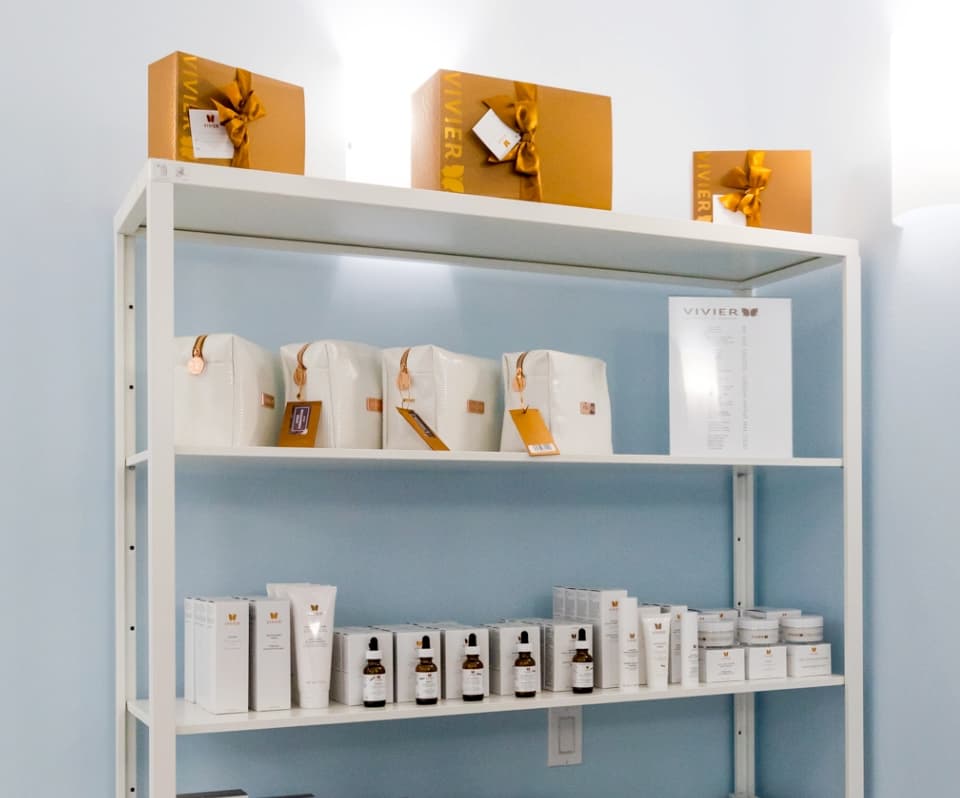In addition to the guidance of our aesthetic experts, we utilize the OBSERV® skin analysis system to identify and explore what your skin truly needs. Get started by booking your appointment today!
Spa Lumina
1005-74 Cedar Pointe Drive
Barrie, ON L4N 5R7
Phone: (705) 721-7775
Monday: 10 a.m.–5 p.m.
Tuesday: 10 a.m.–7 p.m.
Wednesday: 10 a.m.–5 p.m.
Thursday: 10 a.m.–8 p.m.
Friday: 10 a.m.–4 p.m.
2 Saturdays a month: 10 a.m.–4 p.m.
Rosacea & Redness
Rosacea (row-zay-sha) is a chronic skin condition that affects mainly the face. The first signs of rosacea may be redness or blushing that comes and goes initially. Over time, the redness may become persistent and more visible.The most common sites for symptoms are the cheeks, nose, chin, and forehead.
Bumps, tiny pus-filled pimples, and enlarged blood vessels can also appear, giving skin a rough, uneven appearance. Rosacea symptoms can vary from one person to another, and there is no predicting severity. There is no known cure for rosacea, although it can be managed with appropriate treatment and lifestyle changes.
Rosacea usually develops in adults between ages 30 and 50. It affects both men and women, although it seems to affect more women and more severe cases seem to occur in men. Experts are not certain about what specifically causes rosacea but they believe that it is due to a combination of genetic and environmental factors.
Different forms of Rosacea
There are four forms of rosacea, which are defined by the following range of symptoms:
Mild (Erythematotelangiectatic) – The main symptoms are facial flushing and redness, which may be present only sometimes. In addition, there may be some swelling, burning and stinging, roughness, and visible red blood vessels.
Moderate (Papulopustular) – This is a more advanced form of rosacea that is marked by persistent redness and pimplelike bumps (often mistaken for acne), as well as burning and stinging.
Severe (Phymatous) – In some individuals, rosacea may affect the nose, causing the skin tissue to thicken (giving an enlarged appearance) and become bumpy. This advanced form of rosacea is called rhinophyma.
Ocular rosacea – In addition to skin symptoms, rosacea may also affect the eyes and eyelids. It may cause redness to the surrounding skin tissue but also burning or stinging, dryness, light sensitivity, blurred vision, and watery, bloodshot eyes.
Treatment Options for Rosacea

Rosacea does not improve or resolve on its own, and untreated rosacea can worsen over time. Unlike acne, self-treating with over-the-counter products may not help and may even irritate skin more, causing more redness and bumps. Our doctors can prescribe various forms of treatment and recommend which skin care products and cosmetics are appropriate.
Sticking with the treatment recommended by our doctor will improve symptoms within a few weeks.
Ref: Canadian Dermatology Association
Treatment Options



Shop Our Skincare Products
Preserve your look between treatments! We proudly carry iS Clinical, TiZo, Vivier, Jane Iredale skin care, makeup, and more.
Shop Now
